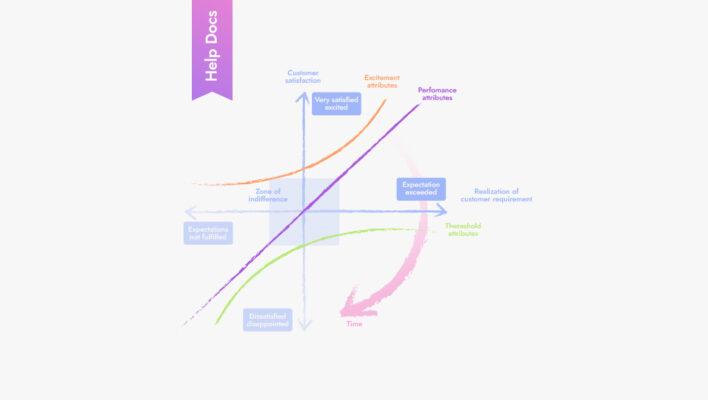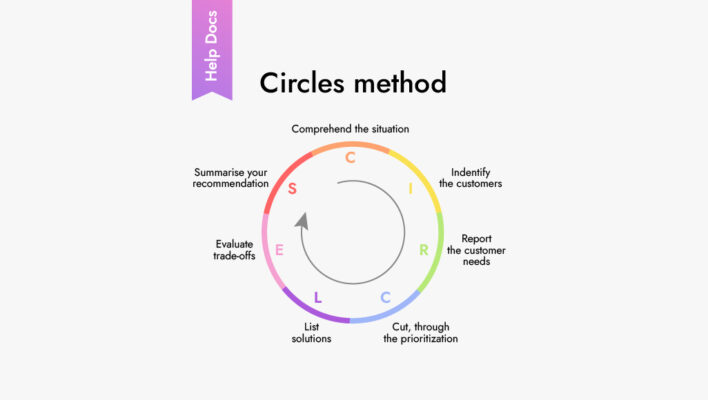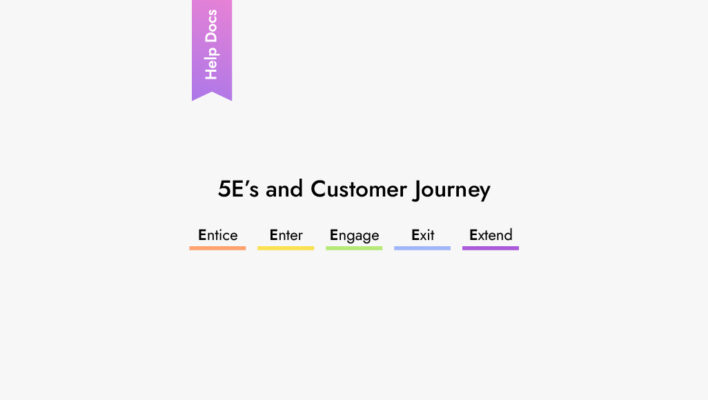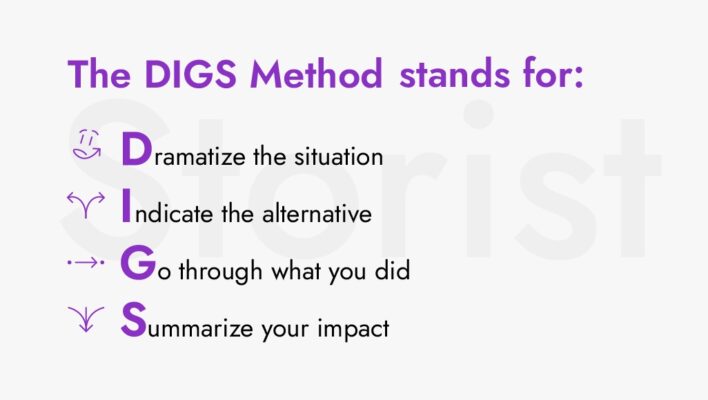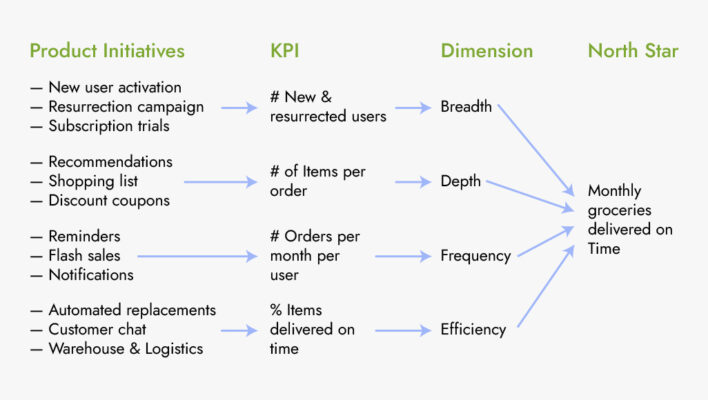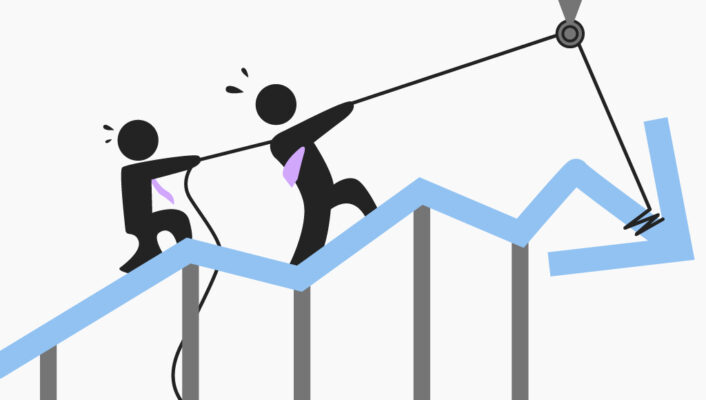Forerunners of their time, how did their unique ideas dictate progress and change the world?
There have always been geniuses who were way ahead of their time. One of them was the former CEO of Intel Corp Gordon Moore. It is hard to imagine today’s world without him. He was the founder of both Silicon Valley and the largest industrial corporation. Storist looks back at stories of Gordon Moore and other entrepreneurs, whose unique business ideas changed the world.

Gordon Moore
He was a unique human being with the talent of a scientist and an entrepreneur. However, even after he earned a fortune, he stayed very modest and was universally loved. While other billionaires were buying the most luxurious yachts and cars in the world, Gordon and his wife Betty were still driving a pickup truck to go rock hunting on the weekends.
Among his strengths were always his accuracy, impeccable time management and ambition for creating something new that would make people’s lives better. In 1956 he was recruited in a team led by William Shockley, the transistor inventor and Nobel Prize winner. The group of eight young physicists and chemists was supposed to work on developing new semiconductor technologies. In 1957 they were called the “traitorous eight” for leaving Shockley’s team. Together they founded Fairchild Semiconductor, but in ten years most of Fairchild management was displaced. In 1967, Gordon Moore and his colleague Robert Noyce left and founded their own company – Intel (Integrated Electronics).
In the beginning, Intel was manufacturing memory chips and logic circuits. In 1970, Federico Faggin, who previously worked on silicon-gate technology, creating a transistor with a silicon self-aligned gate, joined the company. With his help, the first microprocessor in the world was created – Intel 4004. A year later, the company introduced Intel 8008, which had 3500 transistors and could work at clock frequencies up to 0.8 MHz. In 1974 Intel 8080 was introduced, a much faster and easier to interface. It became the first commercially successful device, which enabled the company to earn money and reputation.
On top of that, in 1965 Gordon Moore came up with his own “Law”, which stated that the number of transistors in a dense integrated circuit had doubled approximately every year. In ten years, he revised the latter part of his statement, and claimed that the number of components would double every two years. Initially used as a rule of thumb, Moore’s law became the core principle of the semiconductor industry, which forecasts the production of more and more powerful semiconductor circuits with lower costs.
Bill Hewlett and David Packard
Any article about technological advancements and human progress would not be complete without mentioning Bill Hewlett and Dave Packard. Their ability to move with the time and sometimes ahead of it, as well as a knack to finding the exact kind of product that market needs, allowed the company to always be among leaders.
In 1938 they opened their first office in a small garage behind the Packard’s house, borrowed $538 for development and tossed a coin to determine whose name will come first in the title of the company. HP Model 200A became their first product – a low-distortion audio oscillator used for testing sound equipment. In 1939 Walt Disney ordered eight oscillators of the next 200B model. They were used to check the sound in cinema theaters before the screening of the Fantasia animated film.
During World War II Hewlett-Packard worked for the defense industry and developed counter-radar technology with The United States Naval Research Laboratory. It brought them financial success – in 1942 the company earned its first million dollars.
From 1947 Hewlett-Packard was constantly growing and increasing their range of products. In 1951 HP introduced the high-speed frequency counter, in 1956 – the oscilloscope. In the late 1950s and early 1960s Bill and Dave bought FL Moseley, which made graphic printing devices and Sanborn Company, starting their own polygraphic and medical electronics productions.
In 1964 HP representatives visited 18 countries, in order to synchronize the time according to their atomic clock HP5060A. Thus, the company standardized time for the whole world.
In 1966 HP Laboratories were launched for researching new technology. The same year, the first 16-bit minicomputer HP 2116A was introduced, becoming the first in the long list of PCs issued with HP logo.
The company played a huge role in creating a new market of fast and inexpensive printing services, by producing ThinkJet and LaserJet printers. Later, DeskJet color printers were introduced, making printing in color available for home and small business. In 1994 HP produced the first “All in one” office device. HP OfficeJet could print and copy documents and send faxes. By the early 1990s, Bill Hewlett and Dave Packard stepped down from the board of the company to pursue philanthropy. Yet their creation is prospering, and the technology inspired by them is changing the world today.
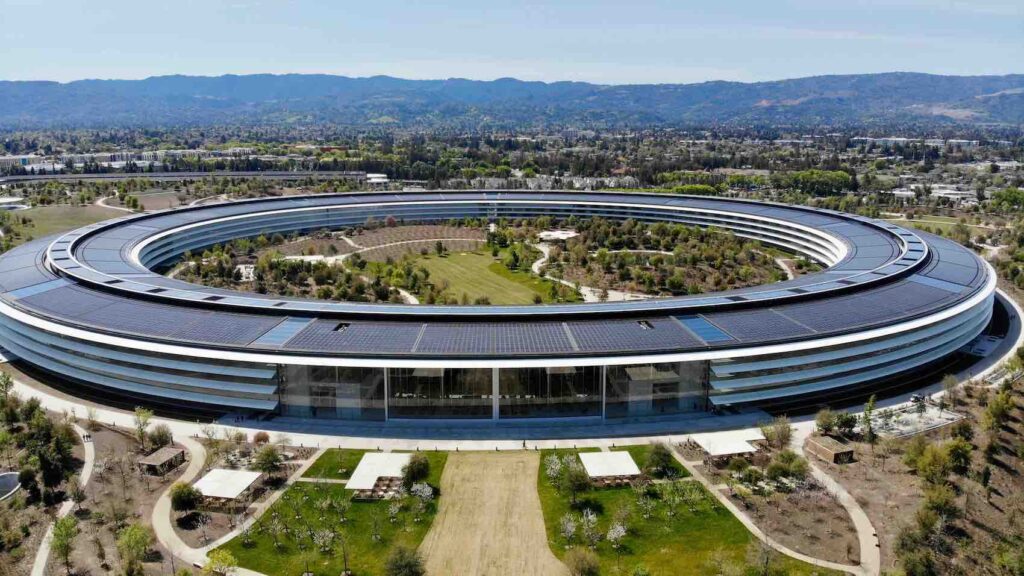
Steve Jobs and Steve Wozniak
One more pair of the great minds, which you can’t imagine a technological development without. They met in the 1970s and revolutionized the world of personal gadgets.
Initially Wozniak developed the Apple I computer for personal use. Jobs’ marketing genius immediately saw huge potential in this product. Eventually, Apple I became the first product of the Apple Computer Company (now Apple Inc.). The sales started in 1976, the price being “Devil’s number” $666,66. In a couple of years, 200 items were manufactured.
In 1977 Apple II was introduced, becoming one of the first and the most successful personal computers of the time. It was equipped with a MOS Technology 6502 microprocessor running at 1 MHz, 4KB of RAM (with the maximum of 48KB), Integer BASIC monitor and interpreter, and audio cassette interface. The new PC stood out among the competitors with its design and appearance, as it looked naturally on an office table. Besides, the computer had some unique features for the time, like color graphics display and sound playing software. It was a machine for ordinary people, not just for enthusiasts, scientists or engineers.
This computer contributed to the creation of the following projects, providing Apple with finances. Then the legendary iPod, iPhone and iPad came out, which the whole world fell in love with. The company became a leader in digital music, introducing not only music players, but also iTunes Music Store. Ever since the 2007 introduction of the first iPhone, it is impossible to imagine user electronics without Apple products.
The success of the company, to a great extent, was influenced by Steve Job’s talent of persuasion and negotiating. His presentations became an epitome of how a product should be introduced to the world. Today all of the world’s leading companies follow his example.
Bill Gates
One more genius, standing at the origins of personal computers. Bill started programming when he was 13. Lakeside prep school had a big influence on his further life, as it was one of the first educational institutions to have a computer. In 1967, along with his friend Paul Allen, Gates created his first computer program, which edited the class schedule. He earned $500 for it and realized what his further occupation will be.
While studying at Harvard, he created Microsoft – a company that changed the world and made its founder one of the wealthiest people on Earth. Together with Paul Allen he wrote a program that not only specialists, but ordinary people could use. Microsoft’s partnership with IBM enabled Bill Gates to revolutionize the computer business and paved the way for his company’s ultimate dominance.
In 2008, he announced that he was leaving Microsoft to put all his attention to philanthropy, which he is doing today. Whatever he does, you can be sure that Gates’ intuition, his perseverance and aspiration to find things that help people and make their lives better, will lead him to desired results. Looking for the most effective model has led him to creating his first program, which opened up his way to success.
Anyway, there are many outstanding people in Silicon Valley. Fortunately, we don’t have to work in the same company with any of them to use their experience. You can read their books, take away the best ideas out of them and apply those in your own life. At the same time, you will not only learn about innovation for business, but also avoid making mistakes.
This is the fundamental mission of the Storist interactive summary service – to help everyone acquire valuable knowledge from books in such a way that they won’t be remembered just as checkmarks in the list of many others.
Besides reading, you can solidify and practice your knowledge with Storist. For each specialty and each competency, we picked several must-read books, which will help you elevate the required skills.
The studying process won’t take much of your time – each mini-course is to be completed in 60 minutes. You can choose books by yourself or use a personalized plan. It consists of a list of books, picked according to your current knowledge and future goals. You will get recommendations based on opinions of such leaders and pioneers as Gordon Moore and Bill Gates, as well as on ratings of the best business literature from users of large platforms like Amazon.
We don’t know what business of the future will be like, but we are sure that you can do much better in it, using the knowledge you can get from the books we offer you today. Join Storist!


